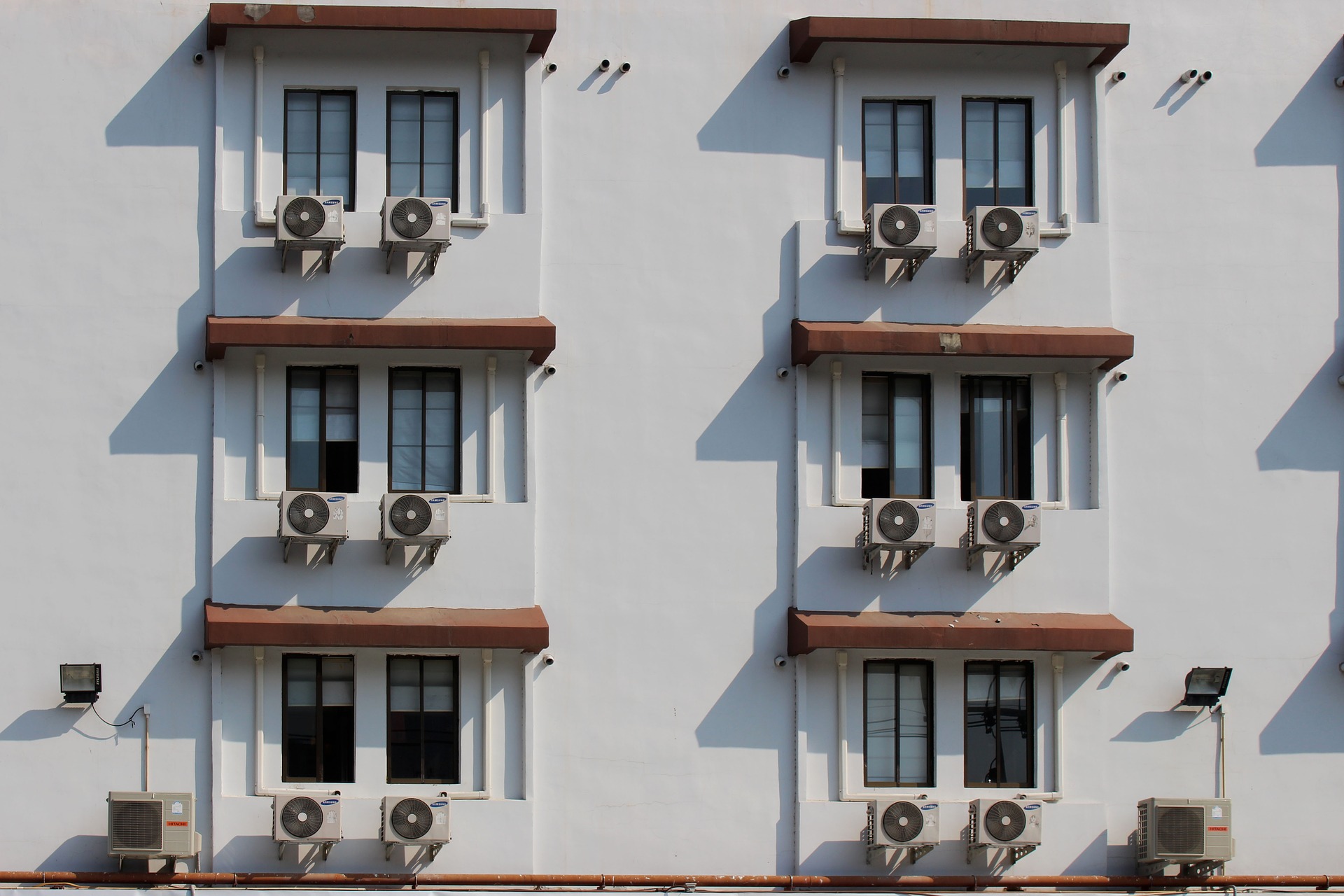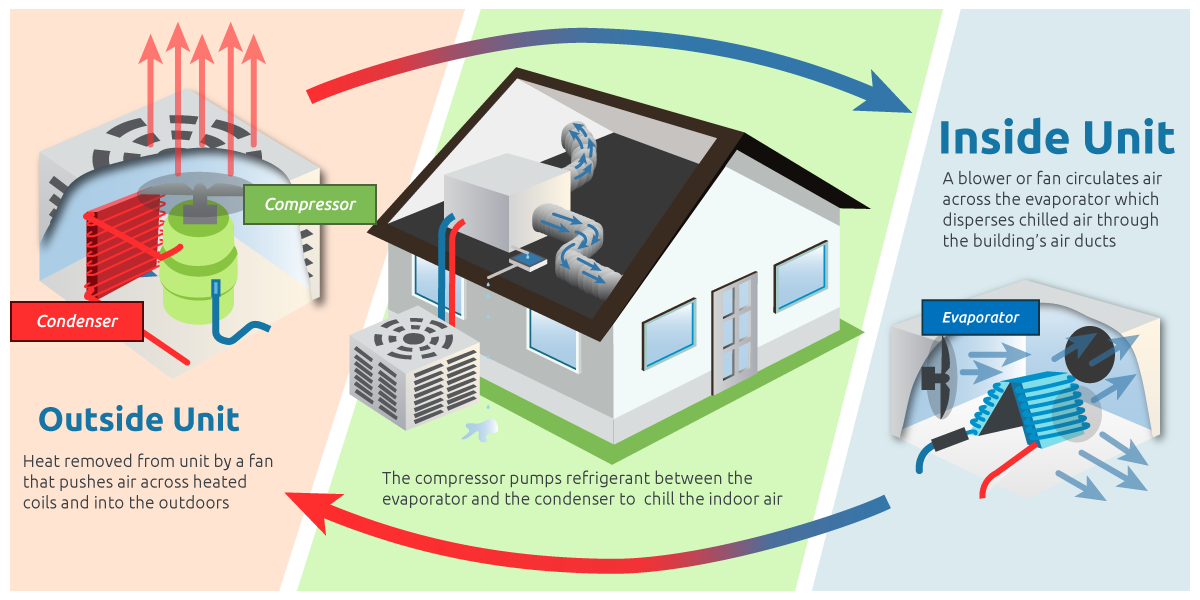Air conditioning: if you’re reading this blog post indoors, you’re probably taking it for granted. If you’re outdoors in the summer heat, you’re probably wishing you had it.
For most of us, the use of air conditioning has had a massive impact on our lives, whether we choose to acknowledge it or not.

If it weren’t for air conditioning, think of how uncomfortable the summer months would be with the stagnant saturated air stifling your sweat’s ability to naturally cool your body off.
Think about how you might not even have electricity due to nuclear power facilities requiring air conditioning to work properly. Think of how uncomfortable or even impossible air travel might be without air conditioning to cool off passengers and equipment.
Hospital operating rooms, office spaces, textile factories and schools: these all rely heavily upon air conditioning to carry on with their efficient, consistent operations.
Without air conditioning, it’s fair to say we might not even have the Internet due to data processing centers’ reliance upon air conditioning to keep their servers from overheating.
So, why are we asking you to imagine such a hellish scenario as a world without air conditioning?
We wanted to illustrate just how many ways air conditioning plays a role in our lives, sometimes obvious and sometimes barely perceptible. This also hopefully elucidates some of the hidden impacts air conditioning has on our lives.
Not only would life be way less comfortable if air conditioning never existed, but many of the advancements in technology and transportation we take for granted today wouldn’t have been possible without it.
During the heat of the summer months, it’s common for a human’s overall physical and intellectual activity to decline due to high humidity and high temperatures. Think about how the simple task of taking the dog on a walk or going out to check the mail becomes an absolute chore in the summer as compared to the relatively easy task it would be in the winter or fall.

The invention of air conditioning in 1902 marks a watershed moment across many different industries, including the print and publishing industries.
In fact, air conditioning’s first application was in the print industry, for a company in Brooklyn, NY, called Sackett-Wilhelms Lithographing and Printing Company. As the humidity in their facilities fluctuated, the paper they used would expand and contract, making the printing process less precise, more difficult, and much slower.
Enter a man named Willis Carrier. Carrier began experimenting with electrical air conditioning as a method of preventing some of the problems that came along with summertime humidity and high temperatures for printing companies. Essentially, he found that blowing air over a set of coils, which are filled with coolant, would pull much of the moisture out of the air.
This reduction in humidity was a success for the printing company, but the full application of "air conditioning" was yet to be seen. Carrier's innovation to control humidity had an unexpected side effect: cold air.
In 1915, after the first few implementations of this technology in other customers’ businesses, Carrier formed The Carrier Air Conditioning Company of America which is still around today. Since then, air conditioning materials and methods have changed immensely.
By the 1950s, residential air conditioning sales increased dramatically as central air conditioning became a standard household fixture.
Fast forward to today, when two thirds of homes in the United States have either central air conditioning or a window unit.
Air conditioning is so important to Americans that we spend about $11 billion yearly to power our air conditioners. This translates to roughly 6% of all household energy going into cooling our residential spaces. Add in commercial spaces and the statistics get even more staggering.
Regardless of how we condition our air, it’s safe to say most Americans now require the commodity to be able to function at the same efficiency and with consistency while at work during the summer months.
Since it’s provenance in the printing and publishing industry, air conditioning as a technology has evolved and adapted to meet the various demands of the American people. AC in cars allowed Americans to drive further in uncomfortably hot weather conditions. Central AC systems literally reshaped the home, and by extension the family life of Americans, and made it possible for them to live in the scorching hot climates of the southern United States.
So, whenever you next turn on your home’s AC, remember that the print industry played a pretty significant role in the founding and development of the technology. If it weren’t for that Sackett-Wilhelms factory in Brooklyn that needed to prevent their pages from wrinkling up in the summer heat and humidity in 1902, who knows how many years we could have gone before developing central air conditioning for comfort in residential settings.









